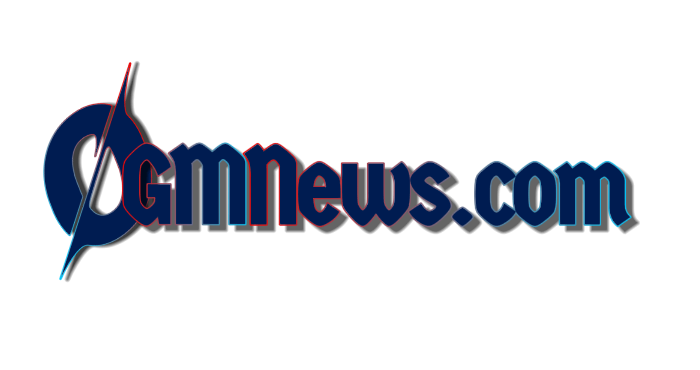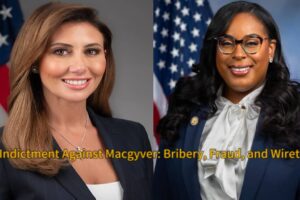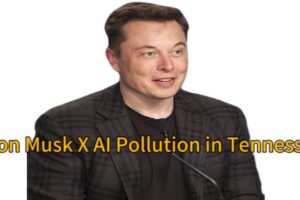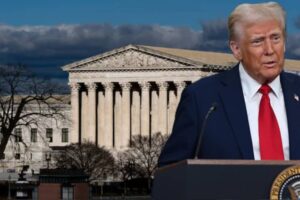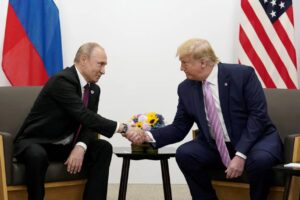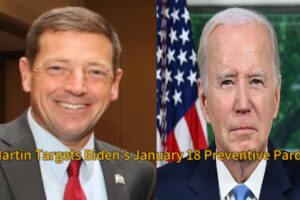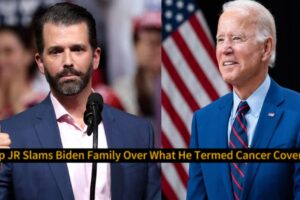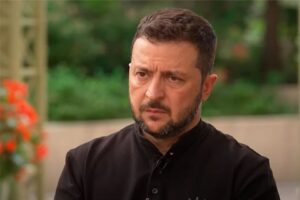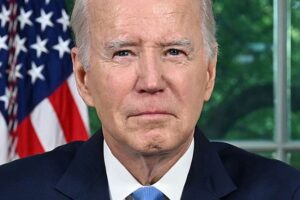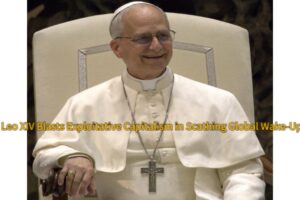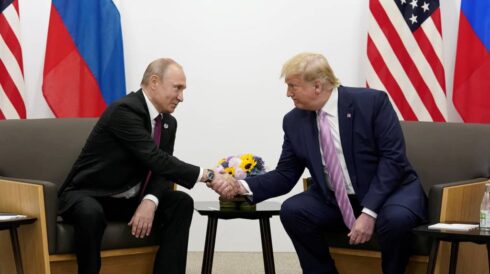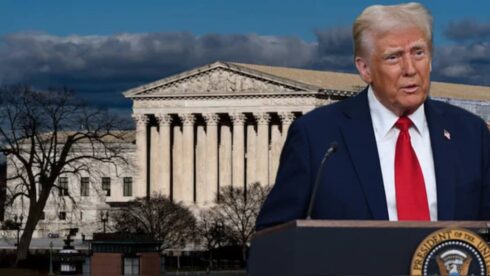President Donald Trump on Monday held a two-hour phone conversation with Russian President Vladimir Putin to discuss the war in Ukraine, describing the dialogue as “excellent” and claiming it could be the start of direct negotiations toward a ceasefire. Speaking to reporters afterward, Trump said both Russia and Ukraine were ready to “immediately start negotiations,” adding, “I think some progress has been made.”
Trump, who has maintained a controversial stance on U.S.-Russia relations throughout his political career, struck an optimistic tone when asked about Putin’s intentions. “I do believe he wants peace,” Trump said. “Do I trust him? I do.” Trump also revealed that Pope Leo XIV has expressed interest in hosting any future peace talks, signaling potential Vatican involvement in what could become a globally mediated ceasefire effort.
Despite Trump’s remarks, observers note that Russian leadership has shown few public signs of genuine interest in ending the conflict. “Very big egos involved,” Trump admitted. “But I think something’s gonna happen. And if it doesn’t, I just back away and they’re gonna have to keep going. Again, this was a European situation.”
Ukraine’s Zelenskyy Warns Against U.S. Withdrawal from Peace Efforts
Shortly after Trump’s call with Putin, Ukrainian President Volodymyr Zelenskyy spoke with Trump and participated in a follow-up conversation with NATO leaders. In a statement posted on social media, Zelenskyy expressed cautious optimism about diplomacy but warned that the U.S. must remain engaged. “It is crucial for all of us that the United States does not distance itself from the talks and the pursuit of peace,” Zelenskyy said. “The only one who benefits from that is Putin.”
Zelenskyy’s message underscored the stakes for Ukraine, which has endured years of devastating conflict. “Ukraine has always been ready for peace,” he wrote, while insisting that if Russia is not “ready to stop the killings, there must be stronger sanctions.” His appeal was aimed not only at the White House but also at congressional leaders increasingly divided over continued U.S. support for Ukraine.
Trump did not mention sanctions in his public remarks, although White House press secretary Karoline Leavitt said ahead of the calls that “everything is on the table,” including potential secondary sanctions on Russia. Trump instead focused on post-war economic potential, saying Russia “wants to do largescale TRADE with the United States” once peace is achieved.
U.S. Diplomacy: Rubio and Vance Weigh In on Trump’s Peace Push
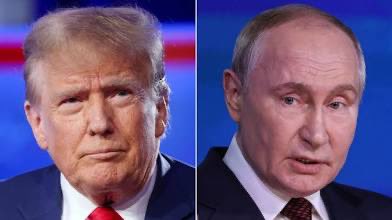
The Trump-Putin call included participation from U.S. Secretary of State Marco Rubio, whose involvement reflects the high-stakes nature of the outreach. State Department spokesperson Tammy Bruce confirmed Rubio was on the line and emphasized the importance of a “direct channel” between the leaders to explore a ceasefire. “Sometimes, breakthroughs happen only when the top people talk,” Rubio said during a weekend interview.
Vice President JD Vance, who met with Zelenskyy on Sunday in Rome ahead of Trump’s call, echoed similar sentiments. Speaking Monday, Vance said he advised Trump to press Putin on Russia’s aggression, especially the civilian toll. “If you’re willing to stop the killing,” Vance recounted telling Trump, “the United States is willing to be a partner for peace.”
Vance also emphasized the potential benefits for Russia of ending the war, suggesting economic incentives could help lure Putin to the negotiating table. “There are economic benefits to thawing relations,” Vance said, but warned that they were conditional on ending hostilities.
Vatican and NATO Step Into the Diplomatic Frame
With Trump mentioning Pope Leo XIV’s interest in hosting peace negotiations, the Vatican may become a central figure in a new diplomatic effort. The pope has long advocated for peace in Ukraine and previously offered to mediate talks between Russia and Ukraine. Trump’s acknowledgment of the Vatican’s potential role hints at a wider, multilateral push for a resolution.
Meanwhile, NATO leaders were briefed by Zelenskyy following his own conversation with Trump, though the White House has not released official details of those calls. NATO’s involvement, alongside U.S. leadership, remains essential for ensuring that any talks reflect the collective interests of Ukraine’s key allies.
Still, skepticism remains high in Brussels, with some NATO officials wary of Trump’s backchannel diplomacy with Moscow. Many fear that without a coordinated Western approach, Russia could exploit diplomatic rifts to its advantage.
Fragile Steps Forward: Ceasefire Hopes Amid Continued Violence
Despite the flurry of diplomatic activity, violence on the ground has not abated. Over the weekend, a Russian drone attack killed nine civilians in Ukraine’s Sumy region. Meanwhile, lower-level Russian and Ukrainian delegations met in Istanbul last Friday, a session that lasted less than two hours but did result in an agreement to exchange 1,000 prisoners of war from each side.
These developments offer both hope and a sobering reminder of the conflict’s complexity. Donald summed up the challenge during an evening event, saying, “We had a good talk, and I think that progress is being made.” Yet the path forward remains uncertain, particularly as both sides appear dug in, with Putin making no public commitments and Zelenskyy continuing to call for stronger Western support.
Whether Donald’s efforts lead to substantive peace or merely more posturing remains to be seen. For now, the world watches closely as diplomacy attempts to break through the fog of war.
